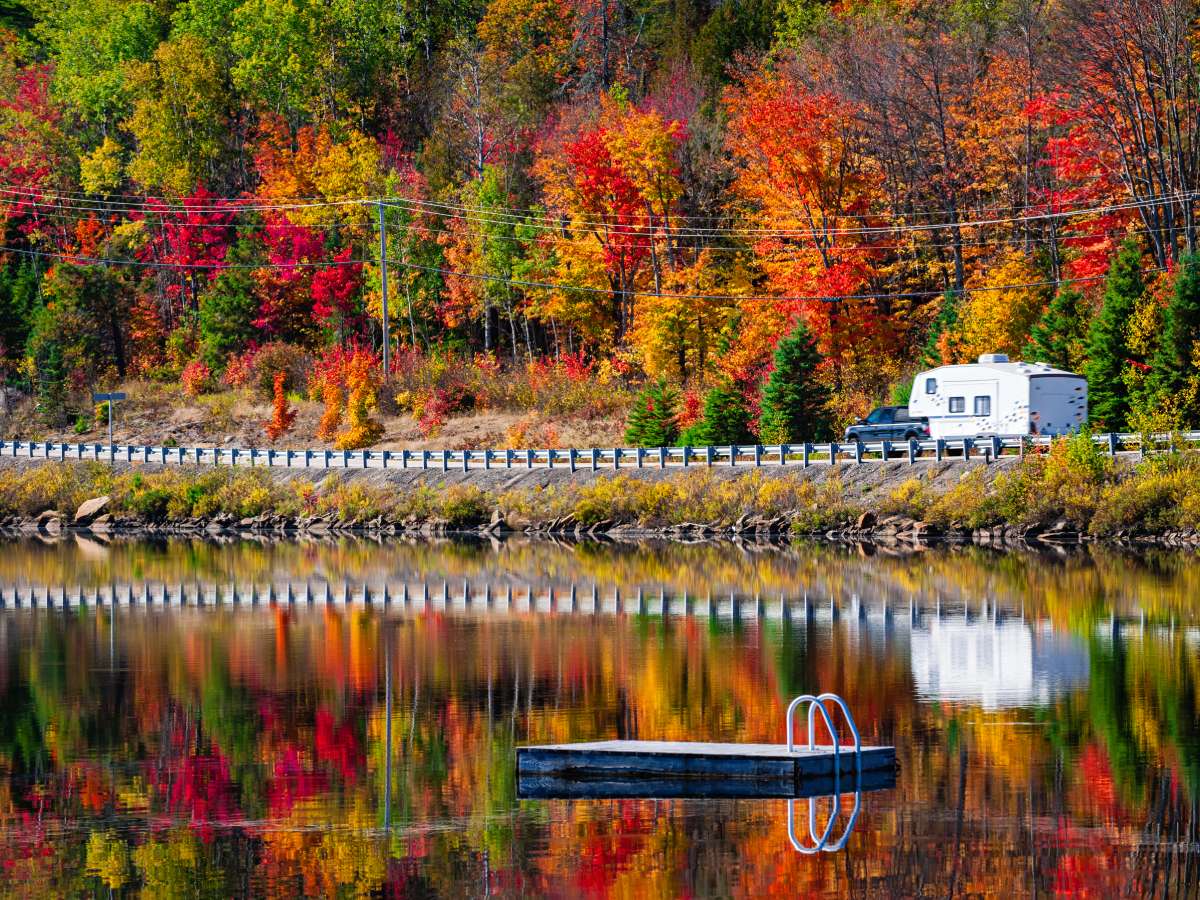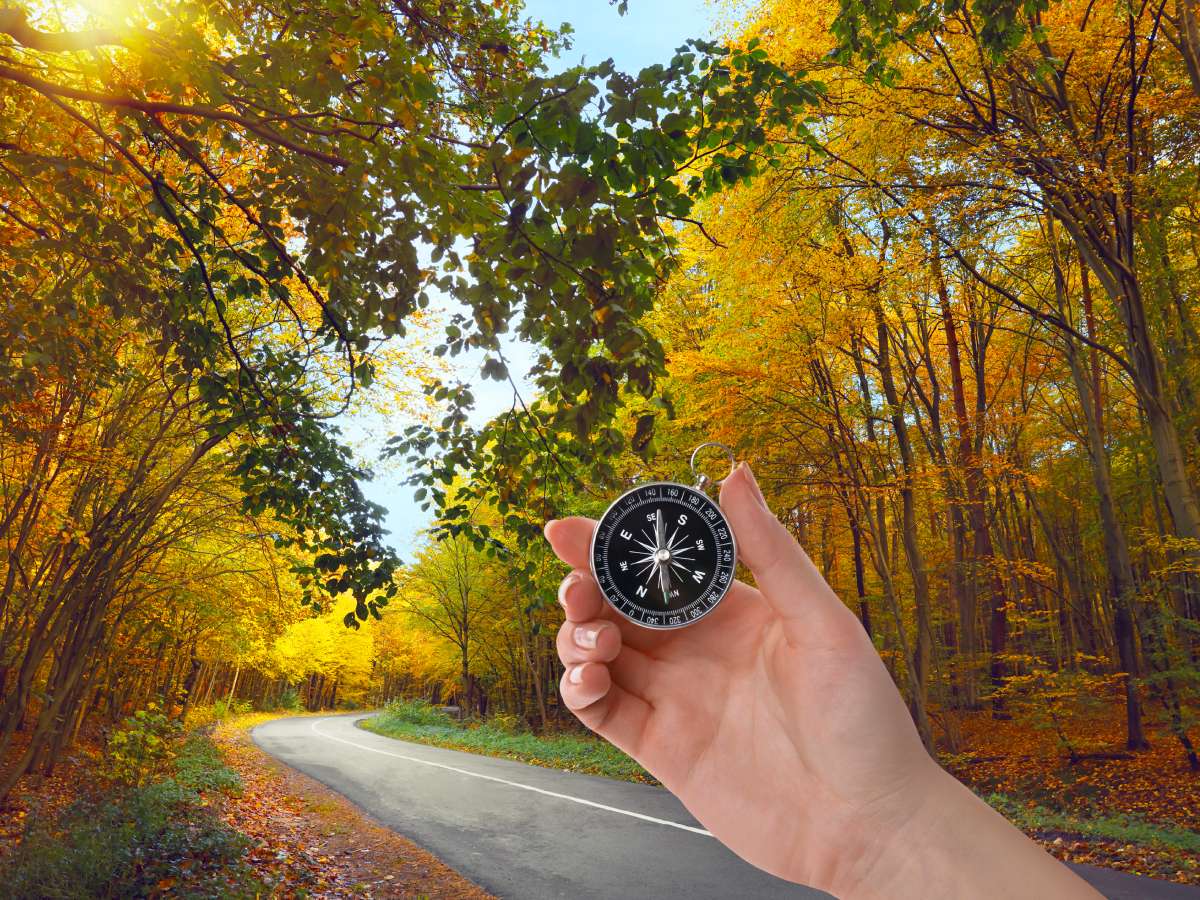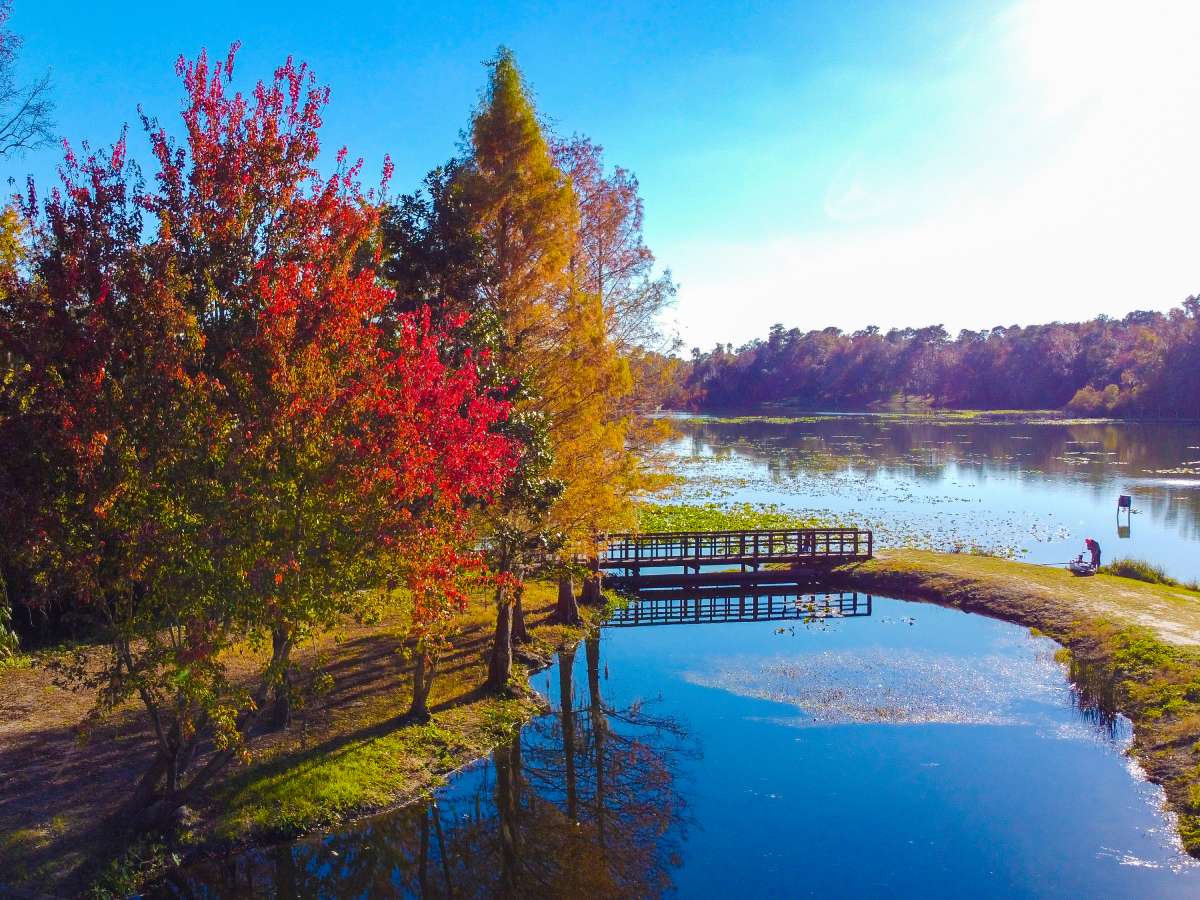I hadn’t heard of Fairy Stones or knew what they were until my wife and I temporarily relocated to Roanoke, Virginia.
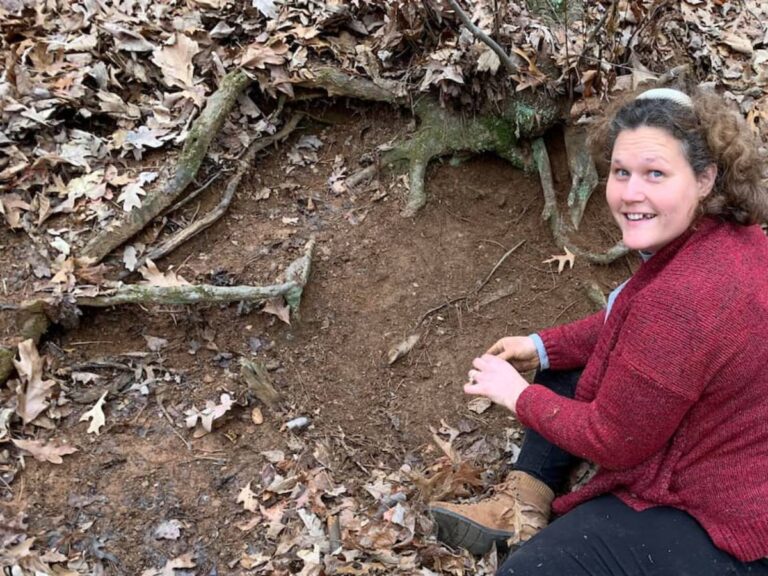
It’s there in Southwest Virginia where Fairy Stones aren’t only located but are also part of local legend.
It was through our local travels in the area that my wife and I learned about what Fairy Stones are and heard they could be found in certain spots near the Blue Ridge Mountains of western Virginia.
So, we just had to go look for them!
After all, my wife loves looking for crystals and gems, and I enjoy just about anything having to do with geology!
What Are Fairy Stones?
I’ve got 2 answers for you on what Fairy Stones are…
This is the legendary fable of Fairy Stones:
“It is said that long, long ago, fairies inhabited a specific quiet and remote region in the foothills of the Blue Ridge Mountains. The fairies roamed freely, enjoying the beauty and serenity of that enchanted place. One day, the fairies were playing in a sunny glade when an elfin messenger arrived from a faraway city bearing the sad news of Christ’s death. When they heard the terrible details of the crucifixion, they wept. As their tears fell to the earth, they crystallized into little stone crosses. Though the fairies have long since disappeared, the little stone crosses, known as ‘Fairy Stones,’ remain as mementos in that enchanted spot.”
~Source
And this is the science behind Fairy Stones:
- Fairy Stone rocks are made from iron, aluminum, and silicate and known as the mineral called staurolite.
- The staurolite formed into crystals that are 6-sided –with some intersecting at right angles or 45-degree angles to form crosses.
- There was a very particular combination of heat and pressure caused by the formation of the Appalachian Mountains — and the movement of Earth’s crust at that time (some 300 to 500 million years ago) helped form the unique staurolite “Fairy Stones” miles underground.
- Fairy Stone rocks have since emerged at the topsoil layers and you can find them today.
3 Types Of Fairy Stone Crosses
As my wife and I set out to start looking for Fairy Stones of our own, we soon discovered that there are 3 main kinds of Fairy Stone crosses:
- The Roman Cross
- St. Andrew’s Cross
- Maltese Cross
When we went exploring for Fairy Stone crosses near Fairy Stone State Park in Virginia, we happened into a service station right by the Fairy Stone Hunt Site. One of the attendants in there showed us his collection of Fairy Stones — and all the different types, shapes, and sizes they come in.
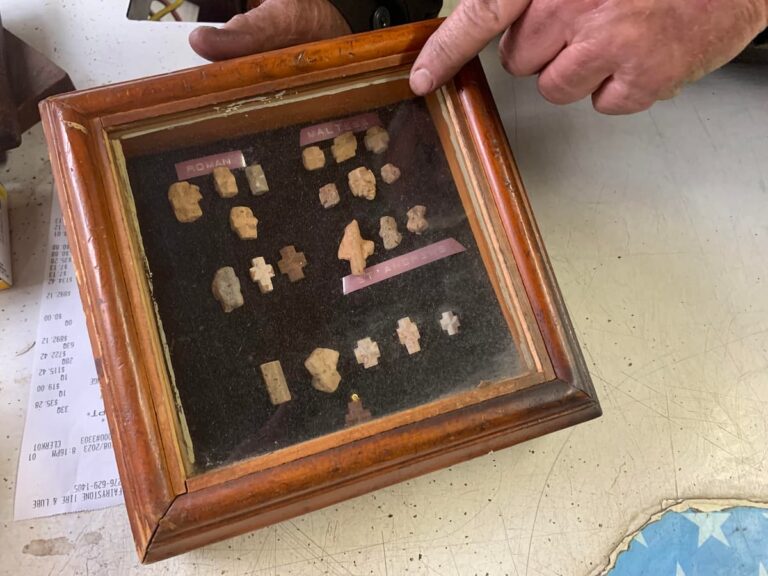
He said the rarest type is the Maltese Cross.
Then there are brick-shaped Fairy Stones — the ones that I thought sort of reminded me of the long, rectangular blocks in the classic puzzle video game Tetris.
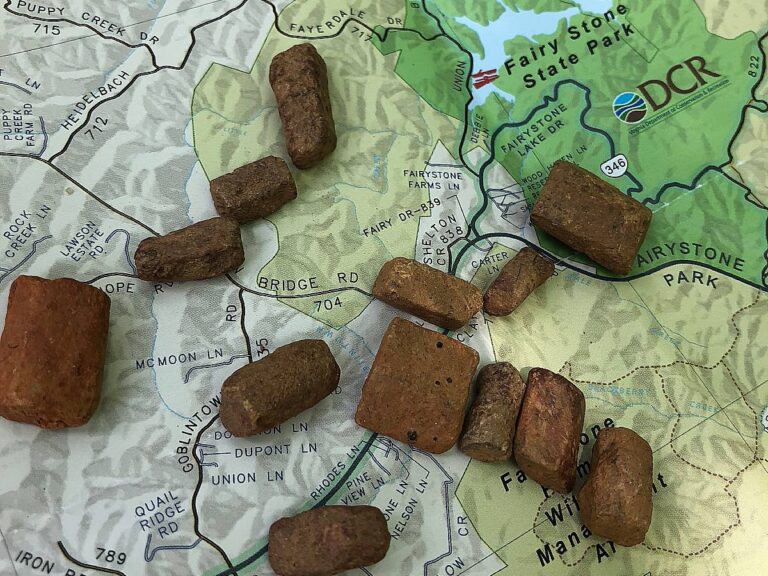
I think they’re all pretty cool looking, don’t you?
FUN FACT: It is believed that Presidents Theodore Roosevelt and Woodrow Wilson (as well as many other well-known folks) have carried around Fairy Stones as good luck charms.
Where To Find Fairy Stones
There are only a few spots around the world where you can find these cross-shaped crystals.
One of the best places anywhere you can find Fairy Stone rocks is near Philpott Lake in Southwestern Virginia. That’s where Fairy Stone State Park is located. (It’s about an hour south of Roanoke — where there are lots of additional fun things to do.)
The thing about Fairy Stone State Park is that while there is a small admission fee to get onto the grounds, that place has so many natural amenities! And yes, you can find Fairy Stone crosses there.
Then there is the Fairy Stone Hunt Site, which is located on the boundary of Fairy Stone State Park — and is totally free to visit.
Fairy Stone Hunt Site is located next to that service station I mentioned above (Fairystone Pit Stop, 10705 Fairystone Park Highway, Bassett, Virginia 24055).
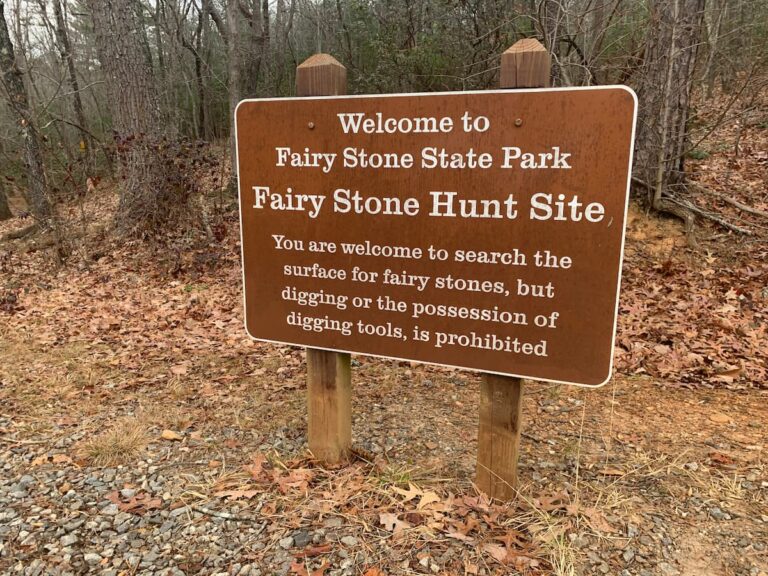
Tips For Finding Fairy Stone Crosses
We parked by the service station, hopped out of our car, and started searching for Fairy Stones…
We set out eager to explore the area, while abiding by the simple rules stated clearly on the Fairy Stone Hunt Site sign:
“You are welcome to search the surface for fairy stones, but digging or the possession of digging tools is prohibited.”
Fair enough! Looks like we were about to get our hands a little dirty…
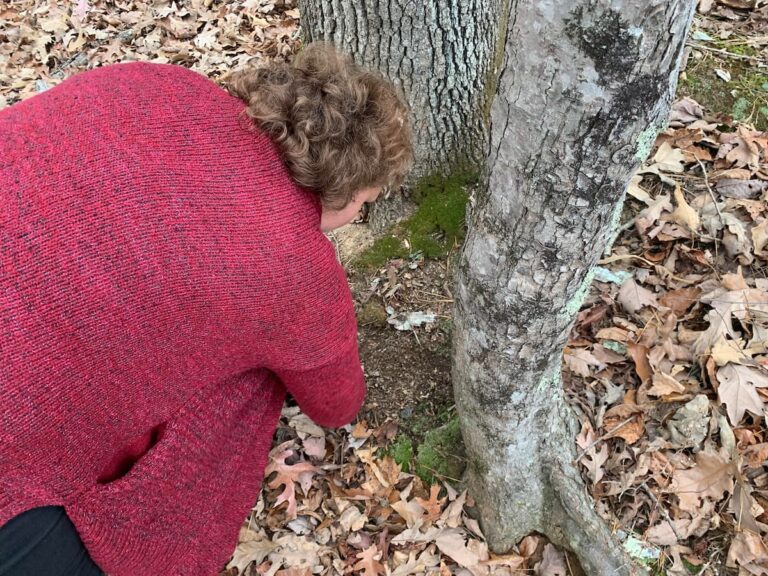
The Fairystone Pit Stop attendant shared with us his tips for finding Fairy Stones:
- Some of the best places to find Fairy Stone rocks are near the roots and around the bases of trees. (Just remember… don’t dig!)
- Take your time and sift through the very top layer of loose soil — it pays to be patient. (Believe me, my wife and I spent a lot of time looking for Fairy Stone crosses at the hunt site.)
- You may improve your odds of finding Fairy Stones after a heavy rain. (It was drizzling when my wife and I were there looking.)
It took us more than 90 minutes, but eventually we got lucky…
We ended up finding about a half-dozen Fairy Stones!
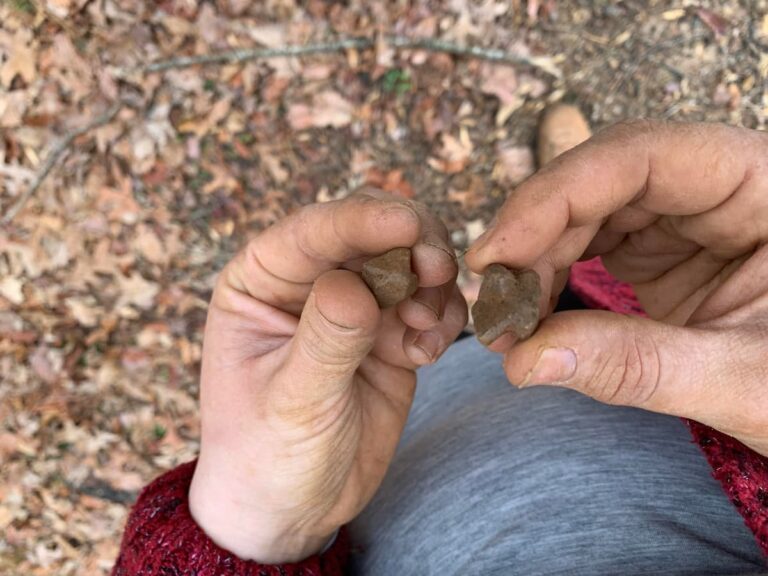
I happened to find a couple of Fairy Stone crosses while sifting through patches of small, loose rocks near trees.
My wife found a few by staying in one place near the bases of trees for 30 minutes or more at a time, checking every little stone at different angles.
We found out that Fairy Stones don’t always necessarily look exactly like a perfect (or even imperfect) cross at first glance. But as we used our fingers to gently brush away some of the sediment from the angular stones and began examining them at different perspectives, it dawned on us that we were finding Fairy Stones. (In hindsight, we believe we probably handled more Fairy Stones than we had kept and didn’t even realize it at first.)
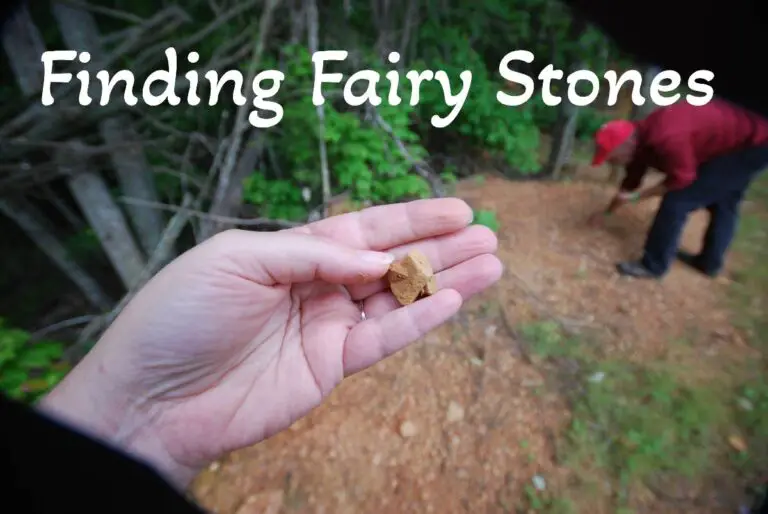
Have fun…
The whole point of visiting Fairy Stone State Park and the Fairy Stone Hunt Site is to let the natural splendors of these awesome places in Virginia entertain your whimsy!


